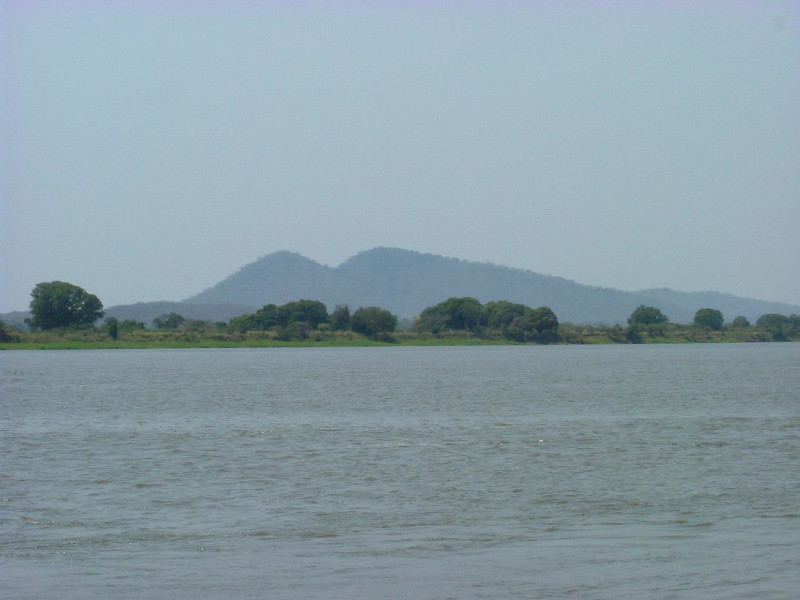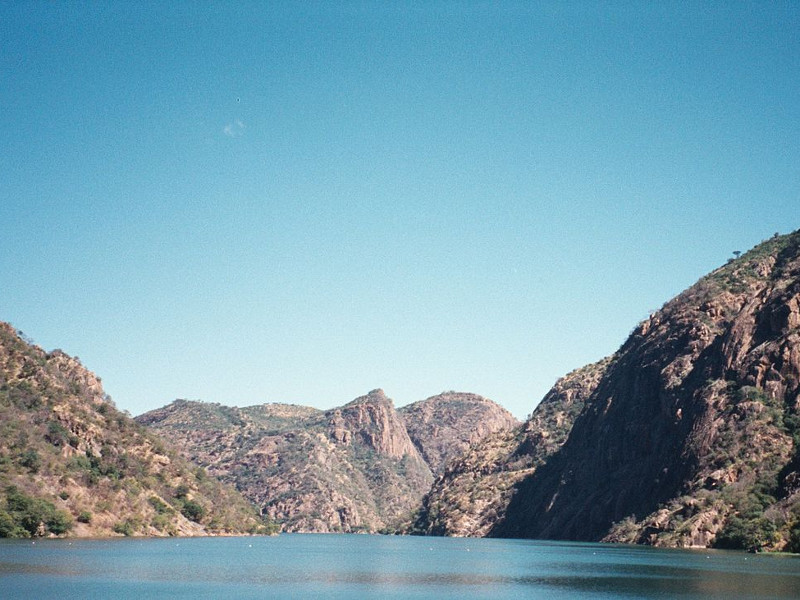The Mphanda Nkuwa hydropower project is a 1,500MW run-of-the-river hydroelectric facility proposed to be built on the Zambezi River, in the Tete province of Mozambique.
The £1.9bn ($2.4bn) project will be developed by a special purpose vehicle (SPV) comprising the state-owned Electricidade de Mocambique (EDM), Hidroeléctrica de Cahora Bassa (HCB), and a strategic partner yet to be selected on a limited recourse project finance basis.
The Government of Mozambique created a new entity called Mphanda Nkuwa Hydroelectric Project Implementation Office (GMNK) to co-ordinate the project development, in February 2019.
The Mozambican authorities also appointed a consortium of four companies to provide legal, financial, and engineering consulting and advisory services to GMNK for the Mphanda Nkuwa project in September 2019.
Project Gallery
-

The Mphanda Nkuwa hydro power project is located on the Zambezi River in Mozambique. Image courtesy of USAID Biodiversity & Forestry.
-

The Mphanda Nkuwa hydro power project is located on the Zambezi River in Mozambique.
-

The Mphanda Nkuwa hydro power project is located on the Zambezi River in Mozambique. Image courtesy of AgriLife Today.
Construction on the project is expected to be started in 2021, while commissioning is expected in 2028.
Mphanda Nkuwa hydropower project background
The long-proposed 1,500MW hydroelectric project at Mphanda Nkuwa was earlier planned to be developed and operated by Mphanda Nkuwa Hydroelectric Facility (HMNK), a consortium of the Brazilian construction company Camargo Corrêa (40%), Insitec (40%), and EDM (20%).
The Mozambican government signed a 35-year concession agreement for the project with the HMNK consortium in December 2010.
Construction works were scheduled to be started in 2011 with completion expected in 2015.
The project was also included as part of the Programme for Infrastructure Development in Africa (PIDA), a strategic continental initiative by the African Union Commission (AUC), the New Partnership for Africa's Development Planning and Coordination Agency (NPCA), and the African Development Bank (AfDB).
It couldn’t be advanced, however, due to lack of finance as well as the delay in securing a power-purchase agreement with South Africa.
In August 2018, the Mozambican government revoked the concession to the Camargo Corrêa and Insitec-led consortium and announced the involvement of Hidroeléctrica de Cahora Bassa (HCB), the operator of the 2,075MW Cahora Bassa hydropower plant also located on the Zambezi River in Mozambique, in the development of Mphanda Nkuwa project.
Project location and site details
The proposed site for the Mphanda Nkuwa hydroelectric dam is located approximately 60km downstream from the Cahora Bassa dam and 70km upstream from the Tete town, on the Zambezi River, Mozambique.
The left bank of the dam will fall in the Chiuta district, while the right bank will be located in the Changara district.
The reservoir of the project will further extend to the Cahora Bassa and Maravia districts.
Mphanda Nkuwa hydropower plant make-up
The Mphanda Nkuwa hydroelectric project will comprise a 700m-long and 86m-high concrete gravity dam with 13 flood gates.
With a crest elevation of 211m, the Mphanda Nkuwa dam will create a 100km² reservoir that will extend more than 60km on the Zambezi River as well as approximately 18km on the Luia River.
The Mphanda Nkuwa project will utilise the water flow released by the Cahora Bassa hydropower plant located upstream.
The powerhouse of the project will be equipped with four Francis turbine units of 365MW each.
The project is expected to generate 8,600GWh of electricity a year, at its full capacity.
Power transmission
The electricity generated by the Mphanda Nkuwa hydropower facility is planned to be evacuated through a 650km-long, 400kV high-voltage alternating current (HVAC) transmission line connecting the Cataxa substation at Marara.
Further, a 1,300km-long 550kV high-voltage direct current (HVDC) line to connect the Maputo substation in Mozambique with the South Africa Grid is also envisioned as part of the project.
The surplus electricity generated by the plant will be exported to the neighbouring countries through power trading arrangements co-ordinated by the Southern African Power Pool (SAPP).
Contractors involved
A consortium of four companies, including the US-based financial advisory services company Synergy Consulting, Australian engineering company Worley Parsons, and law farms Baker Mckenzie and HRA Advogados, was selected to provide consulting advisory services for the project in September 2019.
